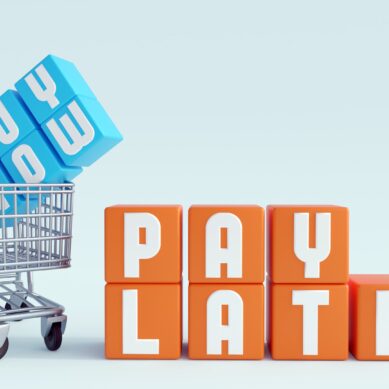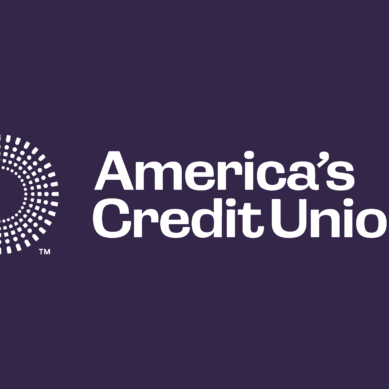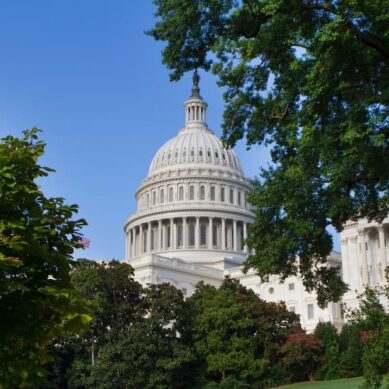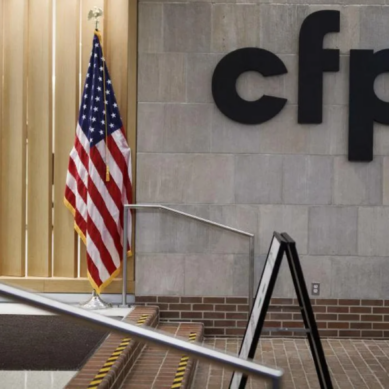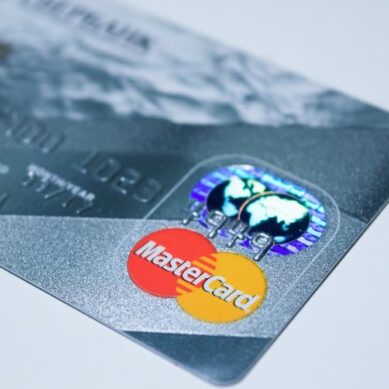What is your favorite way to make a payment, and what do you think will replace plastics? Those might appear to be bizarre questions, but they are my favorite ones to ask when I sit down to talk to folks about payments. How many conversations about payments am I having? Well, I am glad you asked!
I recently had the opportunity to attend a national payments conference, and I have information to report! Attention all shoppers: payment innovations are coming, and they are here to stay.
Innovation never stops
When considering the future of payments, the first thing I tend to think about is how we have gotten here and how technology can improve the ease of transactions. Each generation has invented a novel way to make a transaction. From as far back as bartering and commodity exchanges, to physical currency and plastic cards, humans have continued to evolve their form of payment methods. What presents itself now is the new, exciting opportunities for real-time payments, digital currencies, and the polarizing concept of biometric payments. Each of these new avenues presents its own advantages and disadvantages, but that is what makes the future incredibly exciting!
In practicality, for most of us, spending money has always been fairly easy. You walk up to a counter, open your wallet, and either pull out cash or a plastic card to hand to the cashier. But what if it can be even easier than counting the bills in your hand, or even more convenient with ditching the wallet altogether? Although it may not be at the forefront of your mind, there is a movement to expand the way society spends its currency.
When a need enters the market, it creates an opportunity for a business to capitalize and make a profit by providing a service or product that fulfills that need. In essence, that is what is defined as a market opportunity. And right now, we are on the precipice of an incredible market opportunity with the adoption of new age payments.
Real-time payments
Real-time payments are the wave of the future and should be made readily available on all platforms. So, what are real-time payments, and what does that look like in reality?
Real-time payments are electronic fund transfers that are completed immediately and operate 24 hours, seven days a week. These transfers can take place between person-to-person (P2P), consumer-to-business (C2B), business-to-business (B2B), or through a variety of different avenues. This allows for an ultra-quick, highly available, efficient, and safe way for consumers and businesses alike to send payments.
Think of a consumer being able to pay rent to their landlord with a few swipes on their smartphone and a tap to hit send. Or consider a business manager being able to do the same with an invoice from a mail courier that is due within the hour. The need for these quick and seamless transactions has been satisfied, and consumers are taking advantage of the availability.
According to the Clearing House, which operates one of the two payment rails for real-time payments—RTP®—there is an average of nearly 1.2 million payments each day, worth more than $480 billion. In contrast, the supplemental payment rail is FedNow and is operated by the Federal Reserve. The main differences are the ownership style and the transaction limits, where RTP has a much higher limit per transaction of $10 million and FedNow has a default pre-transaction limit of $100,000.
Thus, choosing the adoption of a payment rail is up to credit unions and the system that best fits their consumers. And it might be difficult to determine what best fits credit union members, but standing on the sidelines for the race to the future will not be beneficial.
Digital currencies
Earlier, I mentioned digital currencies and the potential use of biometric payments. These two types of dynamic payment options are truly fascinating. It has been reported by payment processing company, Stripe, that Visa, Mastercard, and American Express have all begun offering or supporting Bitcoin rewards through third-party partnerships.
The younger generation of Americans has expressed interest in utilizing these digital assets, and the federal government has already taken action to establish a framework for a federal regulatory system for stablecoins through the GENIUS Act. Additionally, if we take a glimpse towards the future, facial recognition or fingerprint scans could be where payments are ultimately headed with the incorporation of biometrics. There is a slight integration of biometrics currently being adopted on various platforms, and it modestly shows that payment innovation is always progressing.
But what about cash?
I think it is time to argue the old adage that states, “Cash is King.” Do not get me wrong, having liquid assets to back up a form of currency is undoubtedly important. However, paying for items or services with physical cash will soon become antiquated.
For example, if you walk into a sports stadium or a concert venue, chances are the kiosks to buy food, beverages, or merchandise do not accept cash. These concession stands only accept cashless payments from a card or a smart device. Taking another example closer to home, depending on your grocery store, when using self-checkout registers, only certain machines will allow for cash payments themselves.
More and more, you are seeing the extinction of cash being used as an accepted form of payment. Therefore, without providing cashless payment options to members of your credit union, they most likely will choose to go somewhere that does. There will be a need that is felt by members, and certainly, another financial institution will satisfy that.
This is not a trend I see reversing anytime soon, either, as the federal government has made incremental changes to the presence of physical currency. Just this year, the United States Mint made the official announcement to retire the penny, citing cost concerns. It is a decision that is not taken lightly, but also one that endorses digital and electronic payments as a whole. So, whereas physical currency will be needed to accommodate the underserved in your community, it will be viewed as a relic of the past in due time.
Members won’t demand, they’ll just leave
Let’s face it, credit union members are most likely not going to burst into the credit union and start demanding that your credit union facilitates real-time payments or digital currencies. Consequently, it is up to you and your leadership team to provide it for them. The data demonstrates that consumers are making instant payment transactions, and this is only increasing. Therefore, if consumers are not making these types of transactions at your institution, best believe that they will bank somewhere else that supports these activities.
Historically, we have seen this unfold before with FinTech companies getting a major push in the post-2008 financial crisis, where the public perception lost trust in large financial institutions and decided to gravitate towards new financial products. Consumers do not strictly communicate their debanking intentions; rather, they pivot when new opportunities arise.
Credit unions cannot afford to be left in the shadows as previously. When members leave, it is a clear decline in the market share. A market share that is projected to have nearly a 30% Compound Annual Growth Rate per leading global financial forecasters. Accordingly, offering instant payments would present the opportunity to enter that market share. Still not convinced? What if no adjustments are made, and innovations to the payment space are left on the shelf?
Looking forward
Ultimately, this is why it is paramount to implement products that meet the needs of all consumers. Personally, I enjoy the ease of sending person-to-person payments due to their rapid speed and relative ease. And, I firmly believe that smart devices will replace plastics. Some folks I talk to disagree, and they prefer tapping their card when prompted.
Regardless of these examples, consider diverse payment capabilities as tools in your credit union toolbox. These various ways may attract and retain members to your institutions to provide for an encompassing demographic. Do not wait to innovate; the future is now.
























